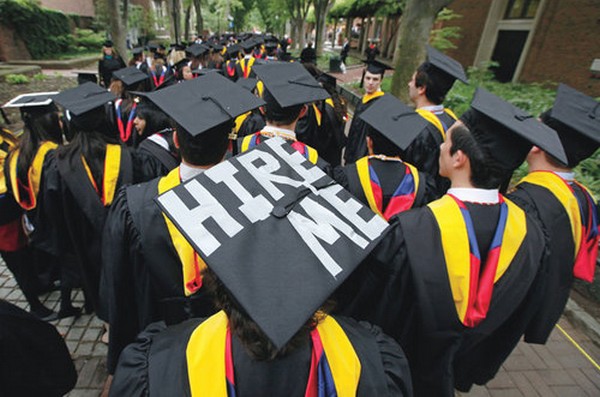Andrea Vallone
Copy Editor
Fall: the back-to-school sales, the changing of the leaves, the gradual loss of that summer tan, and of course, the annual college rankings from U.S. News & World Report.
Every year during this sapphire month the media, eager parents, stressed high school seniors, and college students with an inferiority complex ardently await said magazine’s publication of the holy grail of college rankings. But do these rankings really matter?
Yes they do–but not in the way you might think. In a study by the journal Research in Higher Education, data implies that rankings are more beneficial to the university rather than the prospective student. If the U.S. News & World Report increases the rank of any given university into the top 50, a jump occurs in the proportion of incoming freshman that graduated in the 90th percentile of their high school class. Additionally, the overall acceptance rate of the university decreases by 3.6 percent on average the following year. Further, moving up just one spot within the magazine’s top 25 was correlated with an increase in accepted applicant’s SAT scores by 1.4 points.
These findings indicate that having a higher rank in U.S. News & World Report has the potential to lead to lower acceptance rates (a point of pride for universities) and a freshman class with higher high school rankings and SAT scores. Introducing the upward spiral of U.S. News & World Report College rankings: higher achieving applicants and lower acceptance rates lead to exclusivity and thus prestige. Prestige solidifies a university’s spot on the list; a spot on the list brings in more applicants. More applicants lower an acceptance rate, a low acceptance rate necessitates higher achieving applicants–and so on and so forth, you get the picture.
Or do you? If you look beneath this whole spiral, what exactly do you find? You’ll find that the cause and effect here is completely backwards. You would think that the enhancement of desirable qualities of an institution would be the cause for an increase in rank of a university. But what this data is telling us is that once a university increases in rank, then the more achieving students file in and the stats change. What does this say about us? It says we’re valuing prestige. It says we’re all playing into a numbers game orchestrated by rankings and reputation.
Speaking of reputation, if you look at the weight of each criterion for U.S. News & World Report, the most subjective criterion possible, “undergraduate academic reputation,” carries 22.5 percent. Well, alrighty then.
Furthermore, the National Association for College Admission Counseling issued a report in 2012 stating that counselors don’t think the U.S. News & World Report rankings accurately represent information about colleges. Let that simmer for a bit.
So what are we doing? Why are we so obsessed with college rankings that prioritize prestige over the student? Why are rankings that are challenged by college admissions counselors and that are formed, in large, by a universities’ reputation, so important to us? Students are blindly applying to schools based on these lists. Instead of finding a school that fits a student; students are trying to fit to a school.
By paying attention to these inflated rankings, we are perpetuating an ideology of prestige and reputation; we’re letting rankings win. So, do me a favor and don’t jump at the chance to post a status linking to some obscure web site’s high rank of UCSB on whatever scale. If you must draw attention to anything, post a list where UCSB isn’t ranked highly and expose why that didn’t mean you were going to transfer, why the release of that ranking actually had no effect on your experience here, and ultimately show why that ranking didn’t really matter.
Photo Courtesy of movedbypurpose.net












Comments are closed.